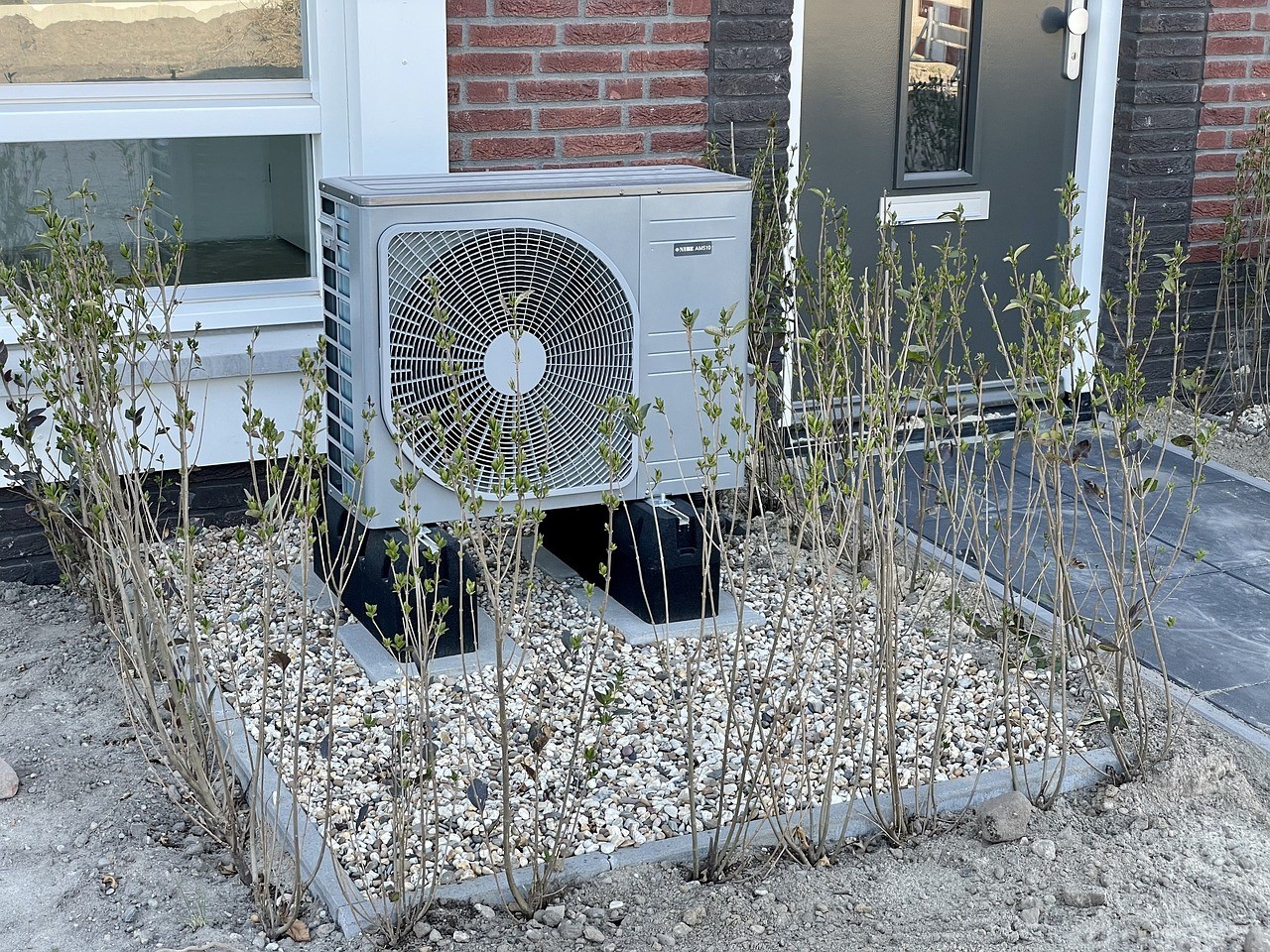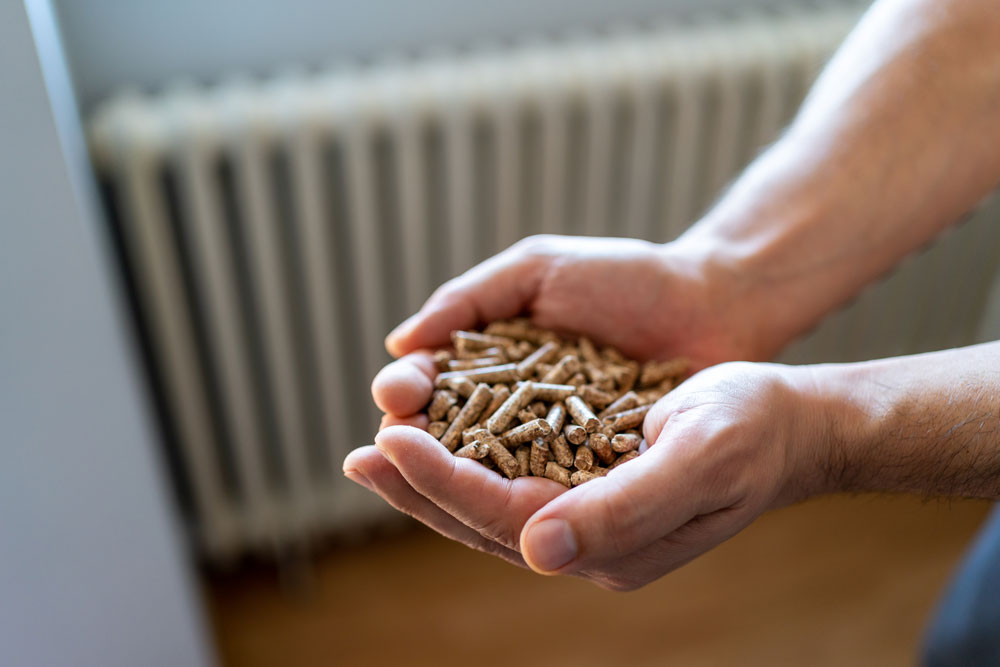THE HEAT PUMP EFFICIENCY MYTH

Wood Heat vs. Heat Pump
When considering green-heating technologies, both cost and renewability must be considered – as well as how the systems operate in the heart of winter. This concern is especially true in the northern tier, where approximately 20 million Americans reside. Heat pumps are good, but not in the northern tier where the vast majority of heat comes from oil.
When used for heat, heat pumps operate like an air conditioner in reverse, transferring exterior ambient energy into the building. Heat pumps can produce +3x the heating energy for electricity used, an index called the coefficient of performance (K or COP). Optimally designed systems are very good at this task if the outside air is not too cold.
However, as outside air temp falls into single digits and below, the COP also declines, requiring more work by the heat pump to extract the needed heat (and raising the cost of the heat). This elevated demand is concerning as it coincides with the coldest temperatures, or when the most heat is needed. Overreliance on heat pumps has the potential to raise heating costs. Wood pellet heat provides cost-effective relief to the grid.
According to ISO NE data, only 12% of New England’s 2022 power was deemed renewable; solar and wind deployment will help to adjust this metric over time. By contrast, wood pellets are 100% renewable today. Modern wood heating is not appropriate in many settings but deserves equitable consideration within the tax code. In the face of climate change we must use all the decarbonization tools at our disposal..
“The MESys AutoPellet is the high quality product that we were looking for, it’s well designed and its changing our lives, we set the temperature that we want and it’s done.”
—The Guays
